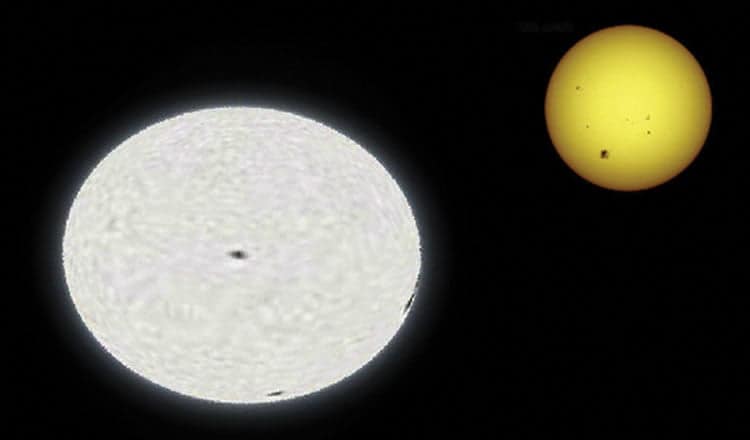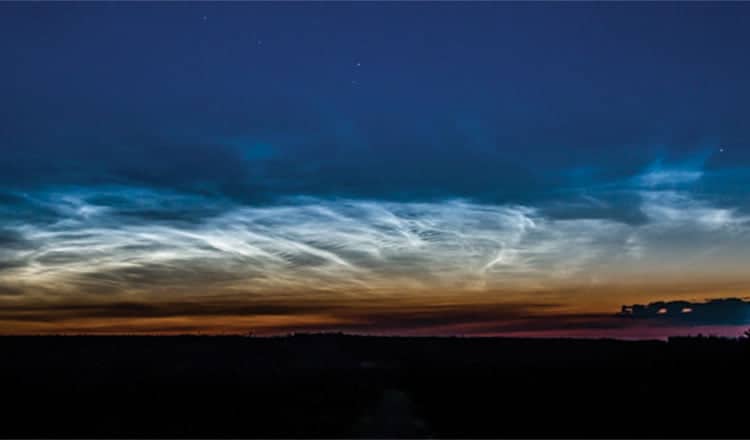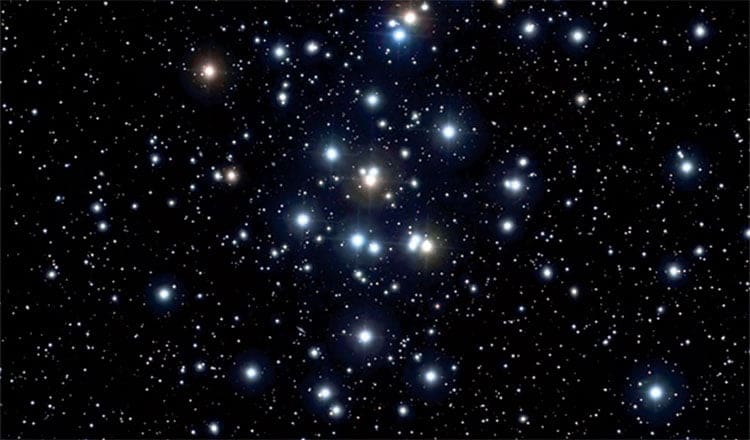Springtime is finally here and, along with it, unstable weather. Our last outing to Grey Mountain was a washout due to clouds and strong wind.
This was to be expected because my mirror set has recently arrived from being tested, re-configured and with a fresh mirror coating. It is a well-known amateur-astronomy rule that if you get new toys and are itching to try them out, then clouds or other gremlin will move in.
This rule applies to amateur astronomers around the world.
I have a friend in Australia who purchased a new computerized telescope mount, only to find the night sky ruined by raging wildfires and exploding eucalyptus trees. Another friend, in India, had to deal with massive flooding and monsoons after purchasing a very expensive optical tube.
It is like an initiation, a rite of passage for amateur astronomers.
The most amusing part of this is that they are more terrified of our cold temperatures. They can’t conceive of the idea of heading outside at –25, or colder, for a brisk winter-night sky-viewing session.
The extra time has been helpful in getting my big Dobsonian telescope back up and running. Part of the fun of owning such a basic telescope is that there is an abundance of modifications you can do to enhance the performance – modifications such as cooling fans, a new focuser or a new mirror cell help to dramatically improve the evening’s observing session.
“So, what’s up there in those awesome Yukon Night Skies that I want to check out?” you ask.
This week holds a couple of interesting astronomical events worthy of your interest and a little of your time.
The first and best is on April 17 when Comet Cardinal (discovered by a Canadian) goes cruising on by the open star cluster, M36, in the constellation of Auriga. These two magnificent cosmic jewels will be in the same field of view in the eyepiece of your telescope. This rare event will happen three times in April.
The first of the Comet Cardinal and open-star-cluster groupings was on April 14. The next pairing of these astronomical delights will be on April 21 when Comet Cardinal will go sailing past the last of the three open star clusters, M37. The open star clusters and comet can be easily found in the constellation of Auriga – even with binoculars.
This is perfect timing. My Dobsonian is made for this exact type of viewing. With a wide field of view and impressive light-gathering ability, this promises to be a most-memorable view.
Now all we need is clear, stable skies and we are rocking!
On April 19, the crescent moon and Jupiter can be found hanging out together in the early-morning sky. To observe this event you will need an exceptional observing site with good elevation and an unobstructed view to the south. Jupiter always holds a wealth of observing treats. From the cloud bands, to the orbiting moons, Jupiter delivers impressive views.
On the morning of April 22 you will want to be up bright and early as the crescent moon will occult the brilliant planet, Venus. The crescent moon will pass in front of Venus, temporarily blocking our view of the planet. Then, after 58 minutes, Venus will re-appear from behind the crescent moon.
“So, what time of the morning will all of this be happening?” you ask.
I recommend being up and ready to go by about 5 a.m. Venus slides behind the crescent moon at 5:49 a.m. and reappears at 6:47 a.m.
To see Venus emerge from behind the crescent moon, you will need a telescope. The reason for this is because sunrise is at 6:19 a.m. and a telescope will be required to see Venus in the morning light as it re-appears from behind the crescent moon.
This should be observable with good-quality binoculars and will also provide a rare photo opportunity. If you miss this event, don’t worry; the next Venus and moon occultation is in the afternoon of August 13, 2012.
If you are planet hunting and looking for a new challenge, grab your binoculars or telescope and take Mercury for a spin.
Half an hour after sunset, look to the west-northwestern horizon where you will find this little planet. In a telescope, the view is similar to Venus because Mercury has phases, as well, similar to those of our moon.
In size, Mercury is about one-third of the size, in the eyepiece, of Venus and shows no discernible features. All the same, it makes for an interesting view.
On April 26, we are in for another magical viewing experience. As you look to the western horizon, in the evening, you will see the thin crescent moon, an impressive sight on any given Yukon spring night.
Now, look below the crescent moon, a couple of binocular fields, and you will see the Pleiades Star Cluster. This open star cluster is easily seen, even without binoculars or telescopes, and looks like a miniature version of the Big Dipper (Ursa Major), which is commonly mistaken for the Little Dipper (Ursa Minor). A truly awesome binocular object for viewing.
Add to this magical site the planet Mercury, rising off the horizon to greet them, and you have all the makings of an incredible photo opportunity.
On the evening of April 29, Mercury and the Pleiades Star Cluster also make a much closer passing in the night sky. Binoculars or a small, wide-field telescope will be the preferred instrument for viewing this cosmic spectacle. This pairing should be fairly easy to photograph, even with the most-basic digital cameras.
As nightfall approaches, look to the eastern night sky to locate the constellation Leo. Here resides the ringed gas giant, Saturn. In the sky, all night, Saturn is always a crowd-pleaser.
With rings nearly edge on, as we see them, this planet presents a unique view. Although the view is more impressive with the rings at a greater angle, this offers a rare opportunity to see some of Saturn’s inner moons – a unique challenge I am most interested in perusing.
The skies are alive with celestial happenings; so, take some time, a comfortable chair, a pair of binoculars and a copy of Night Sky magazine, and go out and enjoy those Yukon Night Lights.
Thank you for your interesting e-mails. Keep them coming to [email protected]. If you send an e-mail, I will put your name on the astro-alert e-mail list so you will know when and where everyone is getting together. And things are starting to get interesting. Our usual observing site is Grey Mountain Lookout Point, in Riverdale on Saturday nights, weather permitting.
Clear skies, from James “Deep Sky” Cackette.
James “Deep Sky” Cackette can be reached at [email protected]. See his photo adventures on Facebook at Yukon Night Skies.




